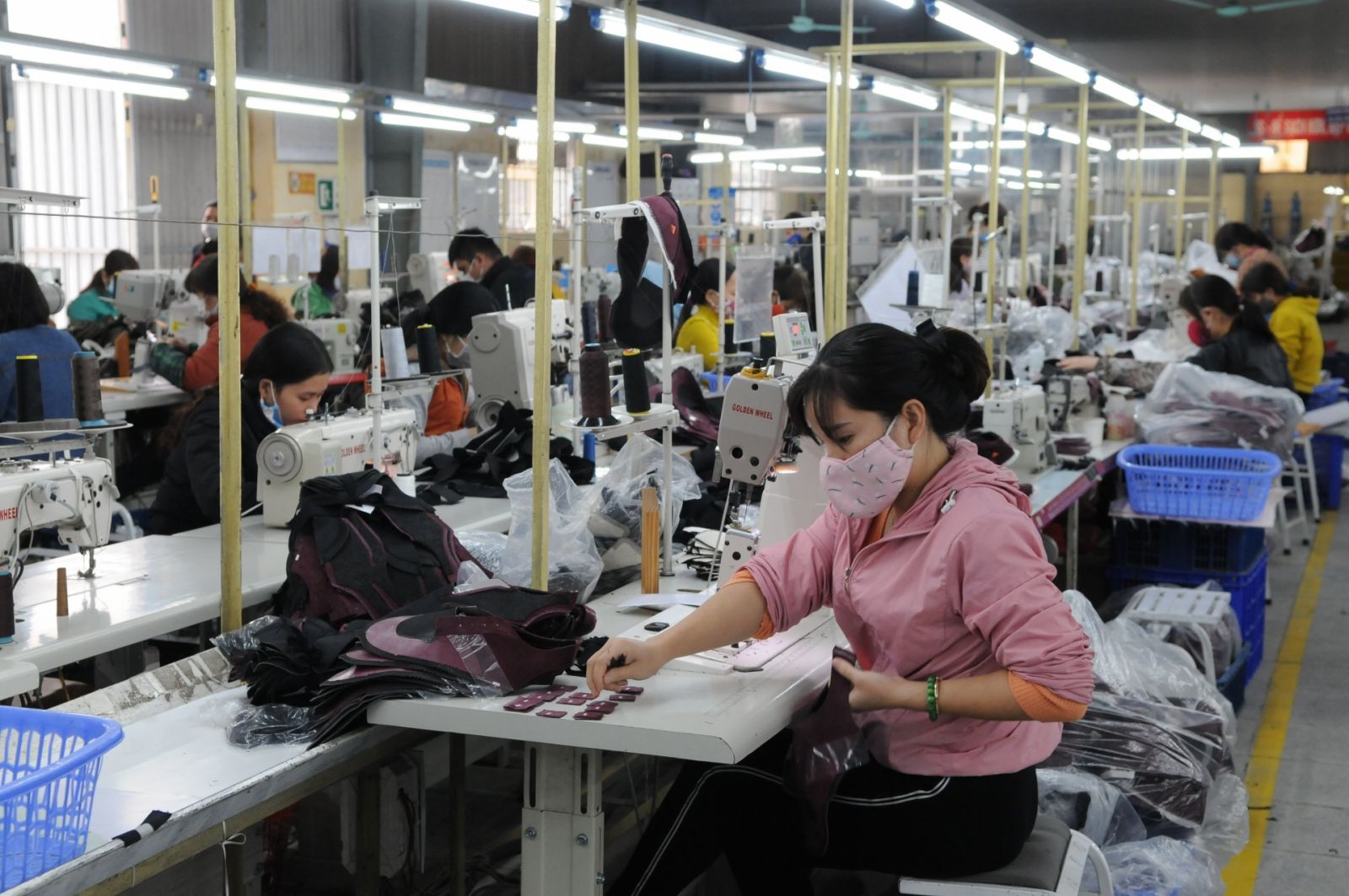Industrial production recovers across the board
In the first five months, Vietnam saw the recovery of industrial production in most sectors. Processing and manufacturing businesses gradually reconnected supply chains, promoting production and trade.
Accelerating production expansion
Industrial enterprises are working hard to expand production after two years struggling with COVID-19-induced difficulties. In the first five months of 2022, 61 provinces and cities recorded a rise in their index of industrial production (IIP) compared with the same period last year, with only two localities reporting a decline.
A Ministry of Industry and Trade (MoIT) report shows that in the first five months, the IIP grew 8.3 percent year-on-year. The processing and manufacturing sectors continued to drive industrial sector growth at 9.2 percent year-on-year; electricity generation and distribution was up 5.5 percent; and the mining sector grew 4.1 percent.
Seyang Corporation Vietnam, a garment manufacturer based in the Nhat Tan Industrial Cluster of Ha Nam Province’s Kim Bang District, was seriously affected by COVID-19 for two years. Since the beginning of 2022, however, the company, which makes swimwear for export, has overcome difficulties and maintains stable production. “The company has received plenty of orders and recruited over 100 additional workers to ensure the progress of production. It is striving to increase the 2022 export output by 50 percent compared with 2021,” a company executive said.

Major industrial hubs in the north, such as Thai Nguyen and Bac Giang provinces, also show clear signs of recovery. Tran Quang Tan, Director of the Bac Giang Department of Industry and Trade, said the provincial economy has grown 13.92 percent since the beginning of this year – the highest growth rate compared with other localities nationwide – with industry and construction up 19.32 percent.
Close watch on market changes
To promote industrial production in the second half of the year, the MoIT plans to implement government resolutions and its Economic Recovery and Development Program, accelerating public investment disbursement and the implementation of major projects in the fields of electricity, oil and gas, processing and manufacturing, which create high added value.
“The MoIT also directs production units to keep a close watch on changes in domestic market demand, and promote domestic production to reduce imports in the context of growing global prices,” the report says.
To deal with production material shortages, the MoIT has directed overseas Vietnamese trade offices to provide updated information about material manufacturers and distributors for sectors such as textiles and garments, leather and footwear, computer, chemicals, wood products, iron and steel. These offices were also asked to assist business associations and domestic companies in seeking access to foreign distributors.
Overseas Vietnamese trade offices will help domestic companies import essential materials for labor-intensive sectors, such as textiles and garments, leather and footwear, and electronics, prioritizing small and medium enterprises lacking import experience.
Economists say domestic manufacturers should diversify material import markets as well as export markets to avoid dependence. They also advise devising support industry development policies to build self-sufficiency in raw materials for domestic companies as the key to sustainable industrial development.
The MoIT noted that the restructuring of the industrial sector should be accelerated to increase the percentage of processing and manufacturing activity, while reducing assembly that yields lower added value. Technical barriers should be created to limit imports and support domestic products, along with increasing the local content of products made in Vietnam.
| The Ministry of Industry and Trade highlighted the necessity of mobilizing resources from the central to local levels to develop industrial projects in key sectors such as materials, support industries, engineering, automobile, textiles and garments, leather and footwear, electricity, electronics, and food processing. |



